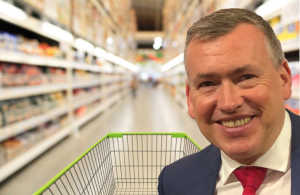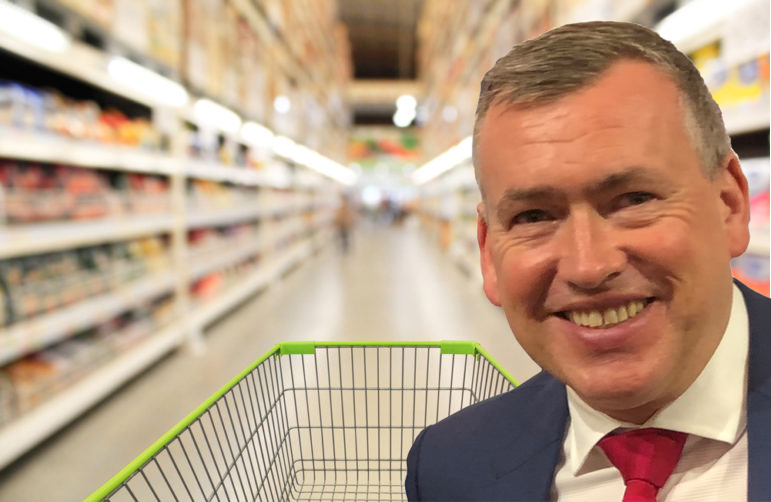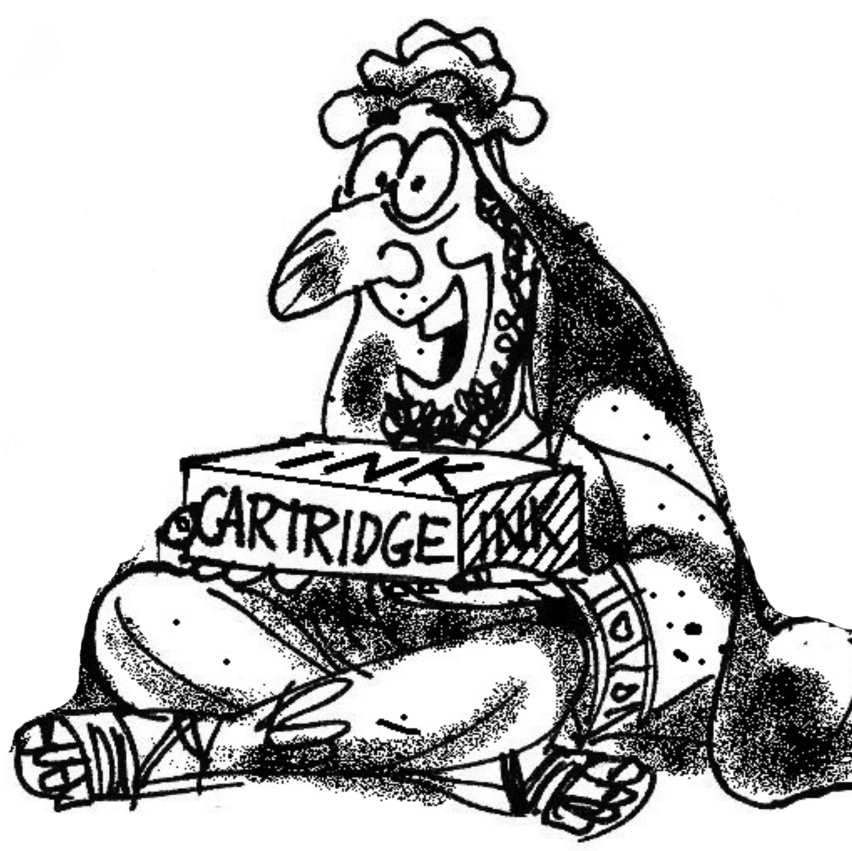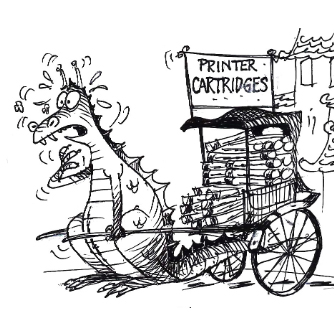Managing Channels to Get Better Distribution
Managing Channels to Get Better Distribution
No chosen approach is set in stone forever. New channels can be evaluated at any time. Existing channel management can be improved at any time. Hear what Mark Dawson has to say.
 There are various ways manufacturers and brand owners can get their products to the end-user. In the world of imaging supplies, most of us have come across suppliers or competitors that believe they can sell the same cartridge twice. That don’t understand why their wholesale price points should be different from their reseller price points and don’t seem to care how their brand is positioned by different channels. This muddled approach gives our industry an unprofessional image.
There are various ways manufacturers and brand owners can get their products to the end-user. In the world of imaging supplies, most of us have come across suppliers or competitors that believe they can sell the same cartridge twice. That don’t understand why their wholesale price points should be different from their reseller price points and don’t seem to care how their brand is positioned by different channels. This muddled approach gives our industry an unprofessional image.
A well thought out channel strategy is critical for sustainable growth. It is right up there with competitive advantage and branding as a basic building block of business strategy and goes hand in hand with pricing strategy. No chosen approach is set in stone forever. New channels can be evaluated at any time. Existing channel management can be improved at any time.
Start by understanding your target users. We can learn from the OEM segmentation. I added my interpretation of the number of devices:
- Consumer/Home User: probably with one or two hard copy output devices;
- Small Office Home Office (SOHO)/Micro Business: one or two devices;
- Small to Medium Enterprises: less than 20 devices;
- Enterprises: less than 100 devices;
- Large Enterprises (e.g. Fortune 500): more than 100 devices;
- Production Print Companies: main business is printing.
Consider: Which are your target segments, and why? Which segments are best suited to your current and planned products/solutions? What resources and infrastructure are available to reach the target segments?
For each of the segments, typical questions will include:
- How and where do customers purchase?
- What education/training do they need?
- Are additional products/services from other vendors required in conjunction with mine?
- Do the customers require any help with installation?
- Will service and maintenance be required after purchase?
Most of the available Channel Strategies can be broadly grouped as:
- Direct to user (one step)
- Via Resellers (two steps)
- Via Wholesale Distributors (three steps)
They are not mutually exclusive. Companies can operate with two and sometimes all three. Consider carefully how to most profitably match the needs of the end-user to the channel. The closer you are to the user, the higher will be your gross margin. However, direct sales models often carry a very high cost of sales. Technology can mitigate that to some extent.
For Segments 3, 4 and 5, I advocate the use of “Natural Partners”. These resellers already have relationships with your target users delivering other products/services. When your value proposition is strong, Natural Partners can be educated, trained and incentivized to promote your products and services. Building a network of Authorised Reseller Partners (ARPs) can be very powerful.
Geographical location, import licenses, freight costs and other factors will determine whether Natural Partners can be engaged directly or whether a Wholesale Distributor is required. Using different channels simultaneously may deliver incremental volume. It can also increase the risk of channel conflicts. These usually revolve around price and territory.
When using multiple channels, price points for each step must allow a fair margin for each partner. If users can buy from one channel at a lower price than from another, partners will seriously push back. Such conflicts can disable an entire strategy, so price points must be carefully mapped out and robustly managed.
This, in turn, requires strong disciplines in the sales process. Today our markets have never been more competitive. Deploying multi-channel distribution strategies is a key success factor to capture maximum market share. These need to be carefully planned and executed to avoid conflict and to maximise market share.
 Mark Dawson is RT Imaging World’s Regional Partner for Europe and the Middle East.
Mark Dawson is RT Imaging World’s Regional Partner for Europe and the Middle East.
He joined the imaging supplies industry in 1987 and has held senior positions with both American and European corporations, including MSE and Clover. He is currently a director with IOP (Internet of Printing BV) whose mission is to help independent resellers find new revenue streams and optimize margins.
Dawson is partnering with RT to bring VIP Expo one day intensive events to Europe and the Middle East. For more information please contact him at <mark@ iopbv.com>
You can read more of Dawson’s opinions:
- Why You Should Hire More Women
- Managing Channels to Get Better Distribution











